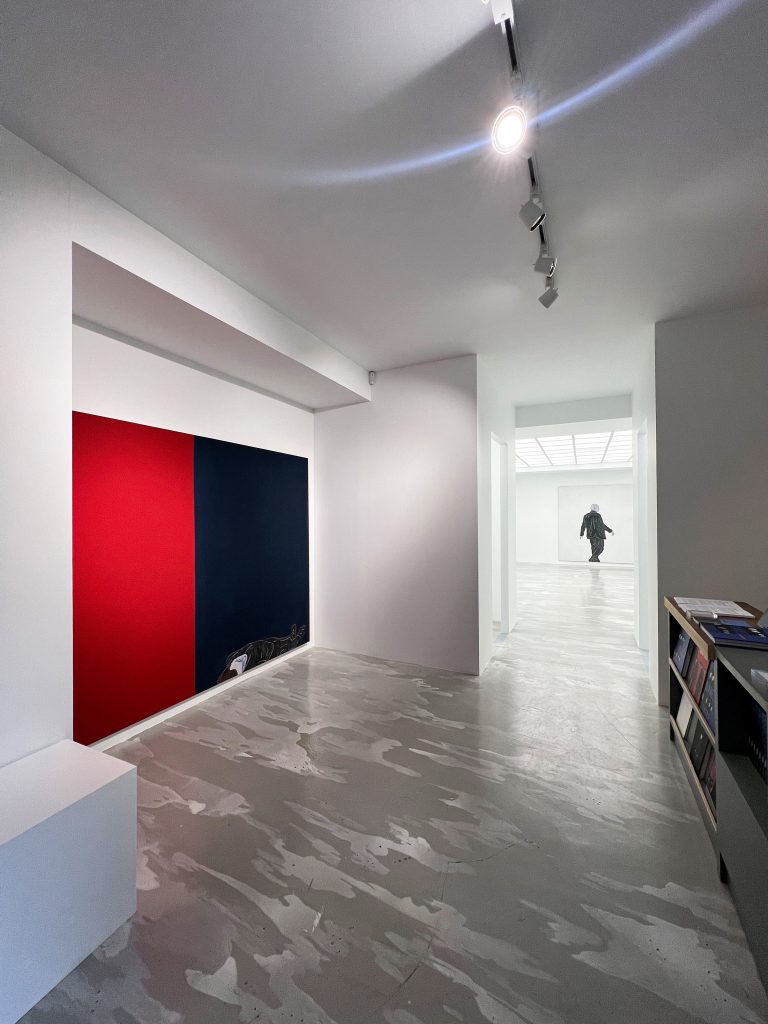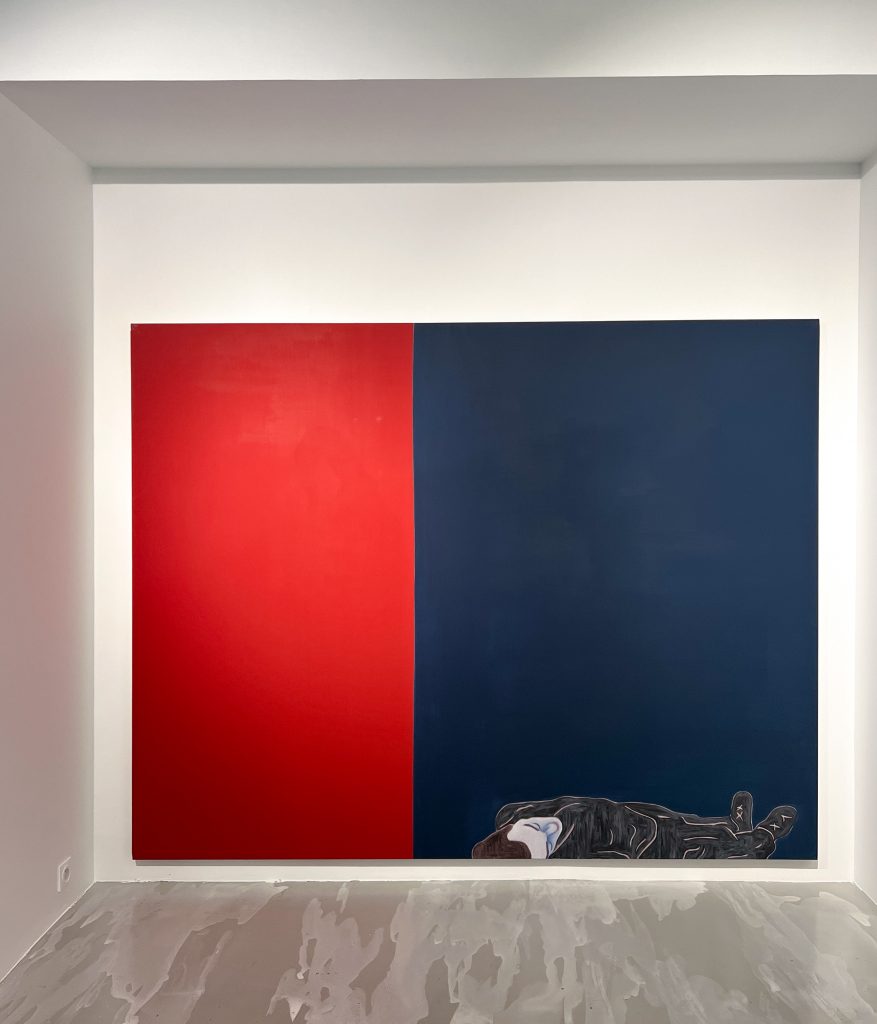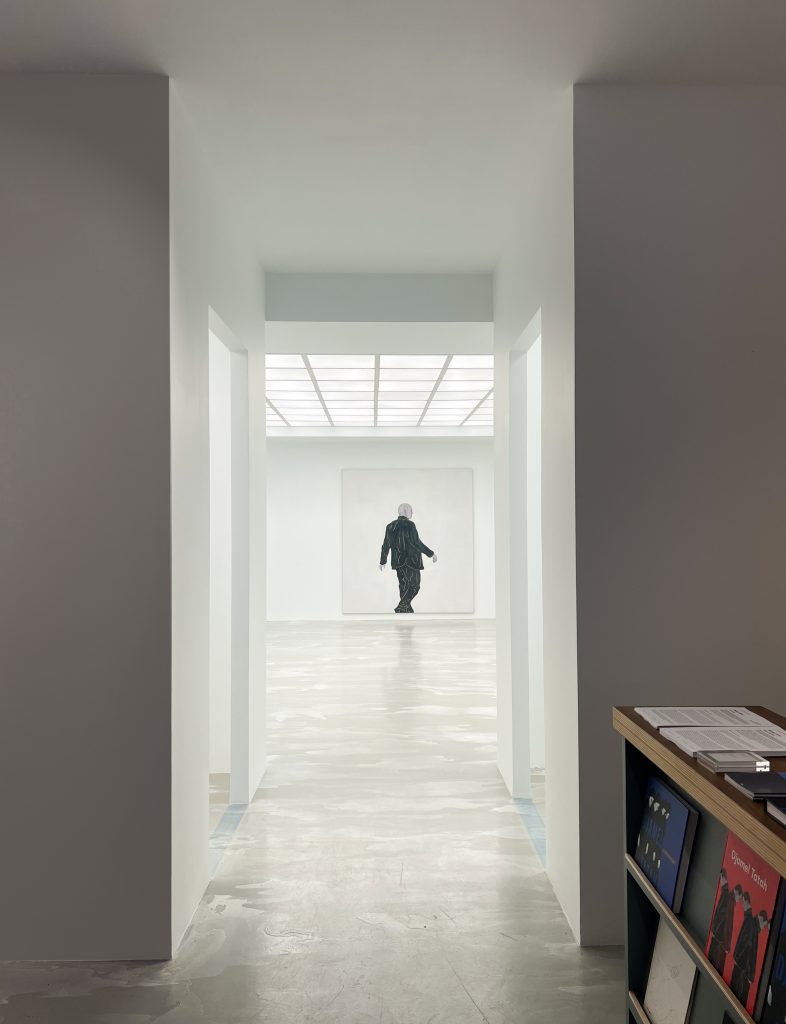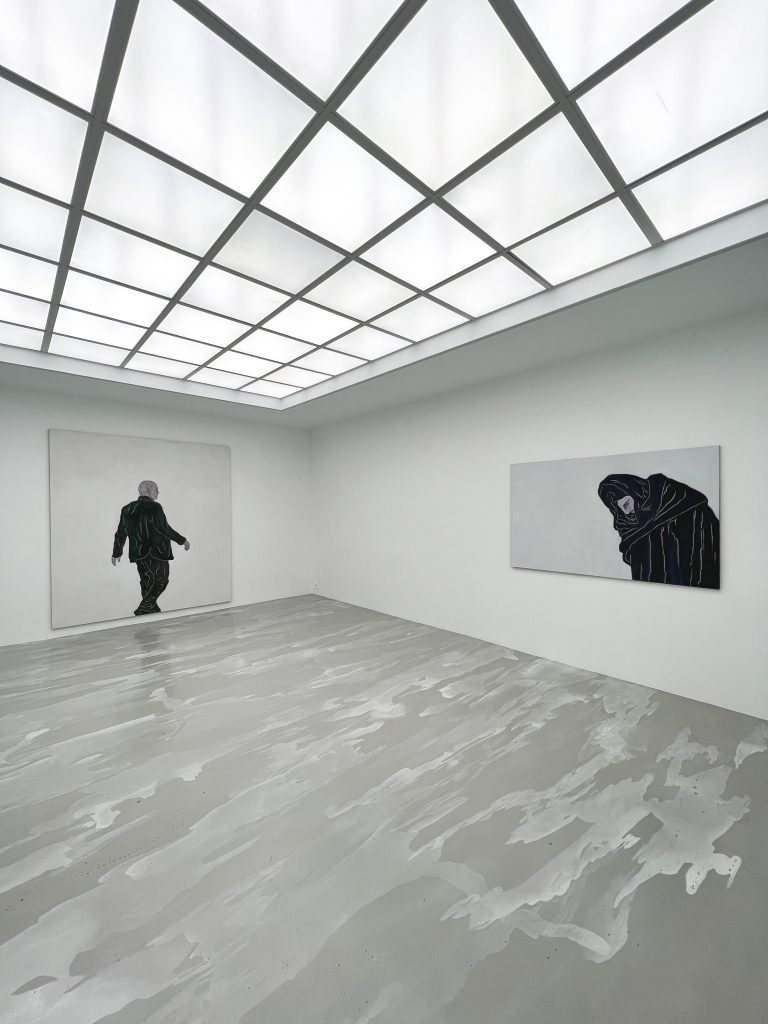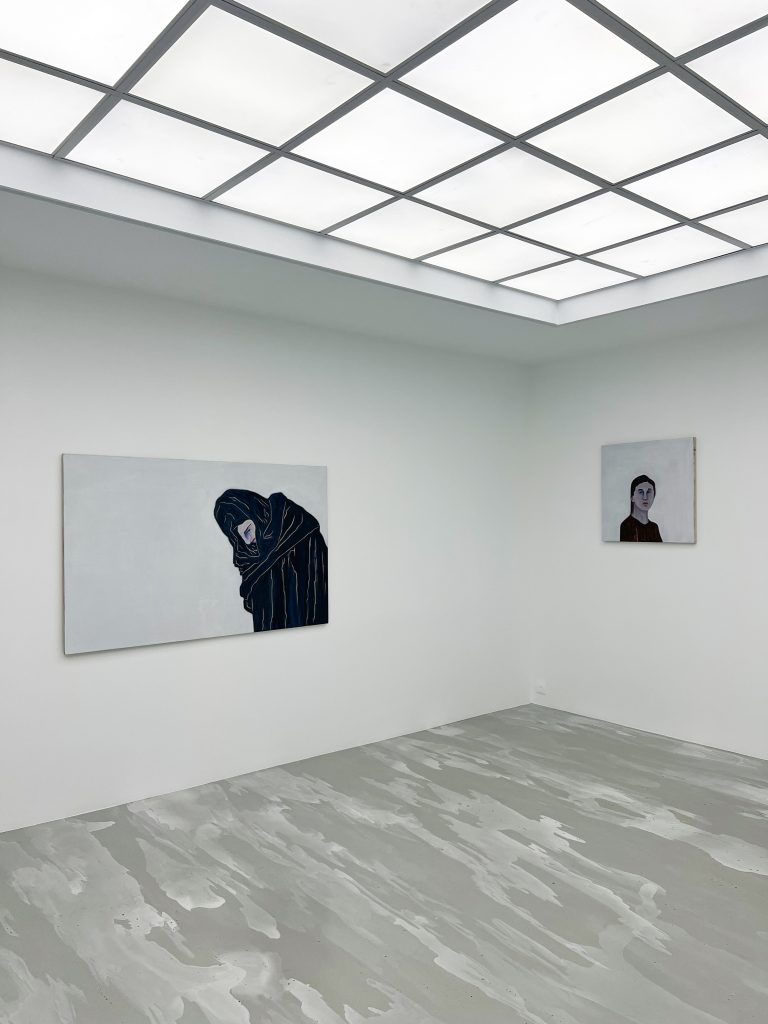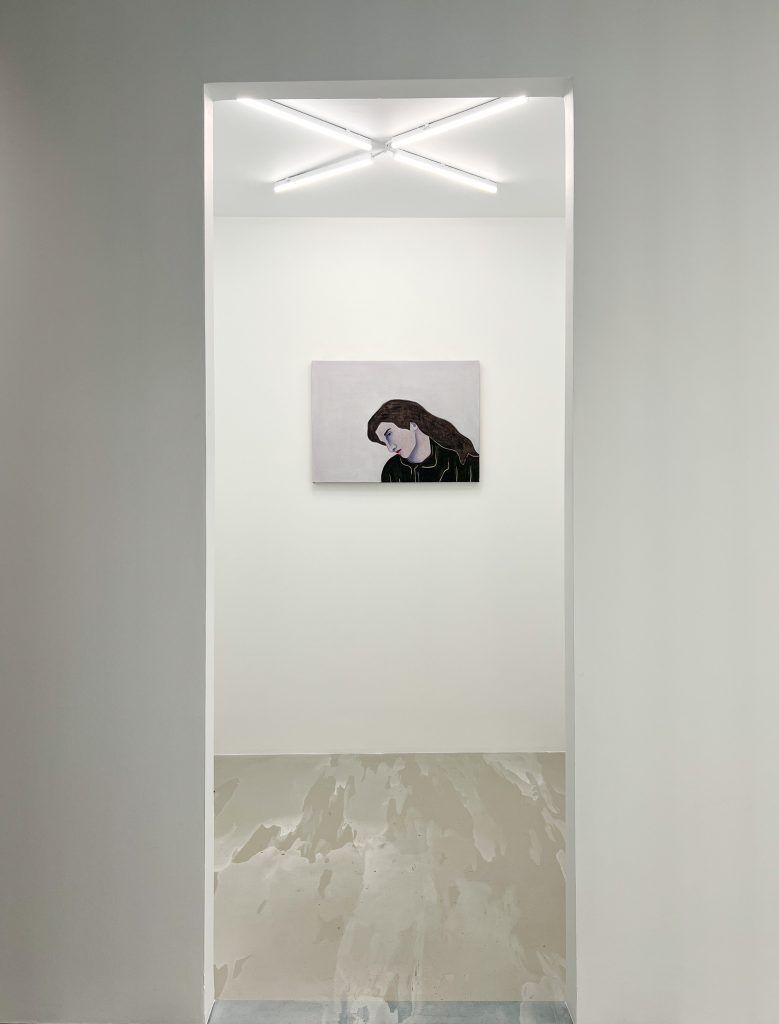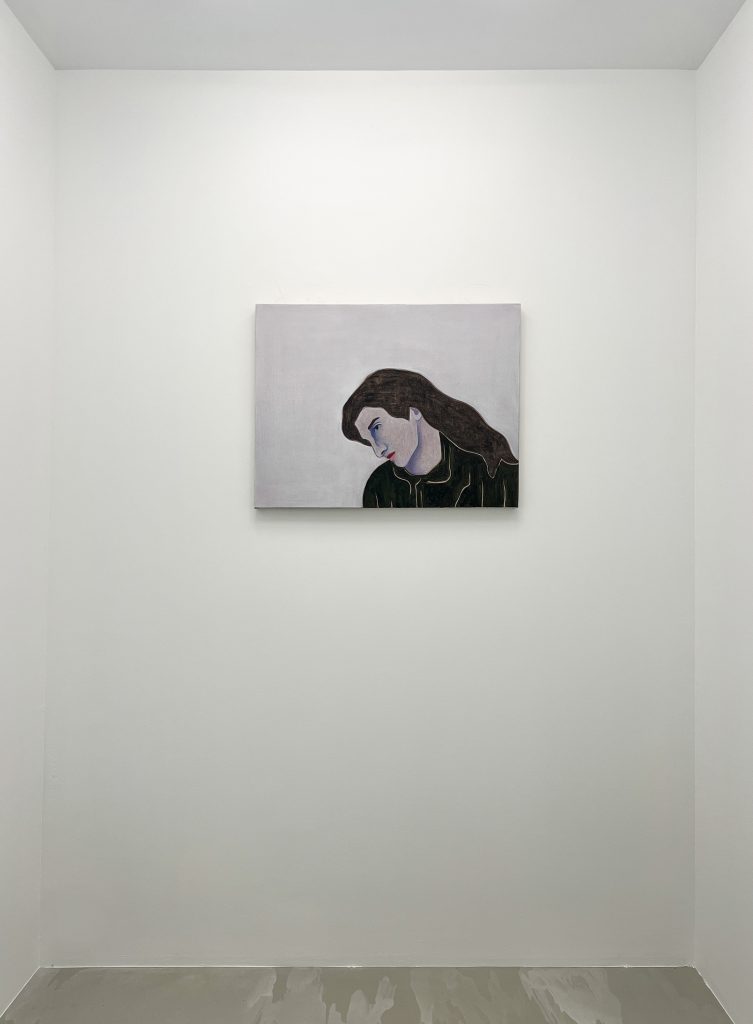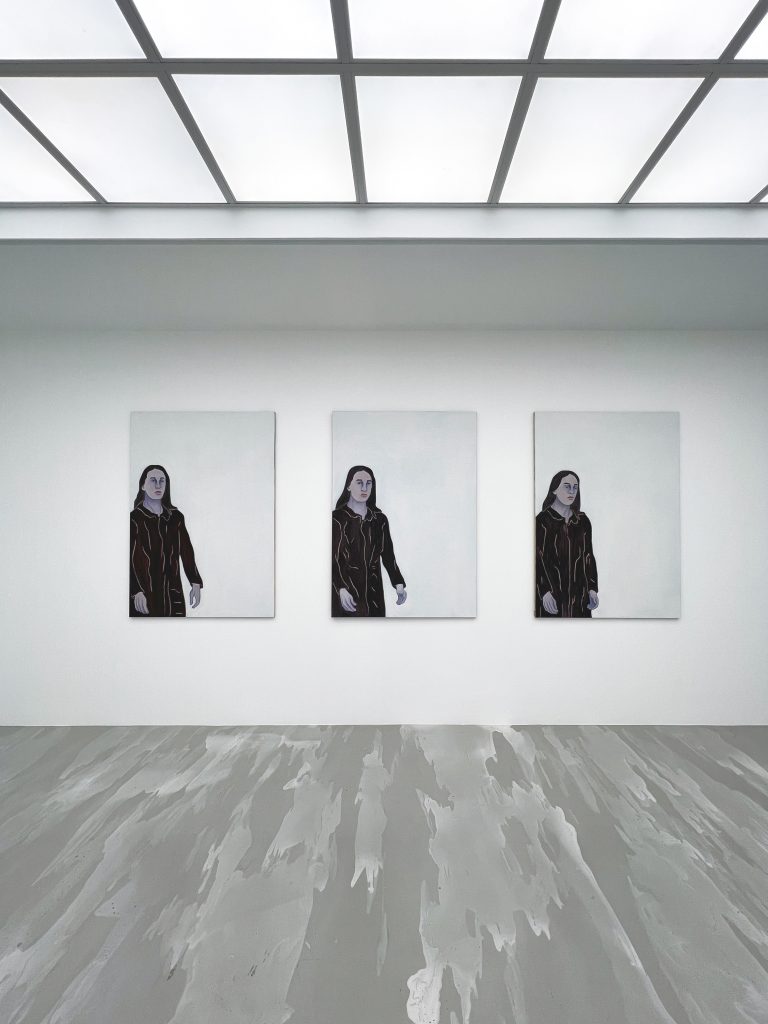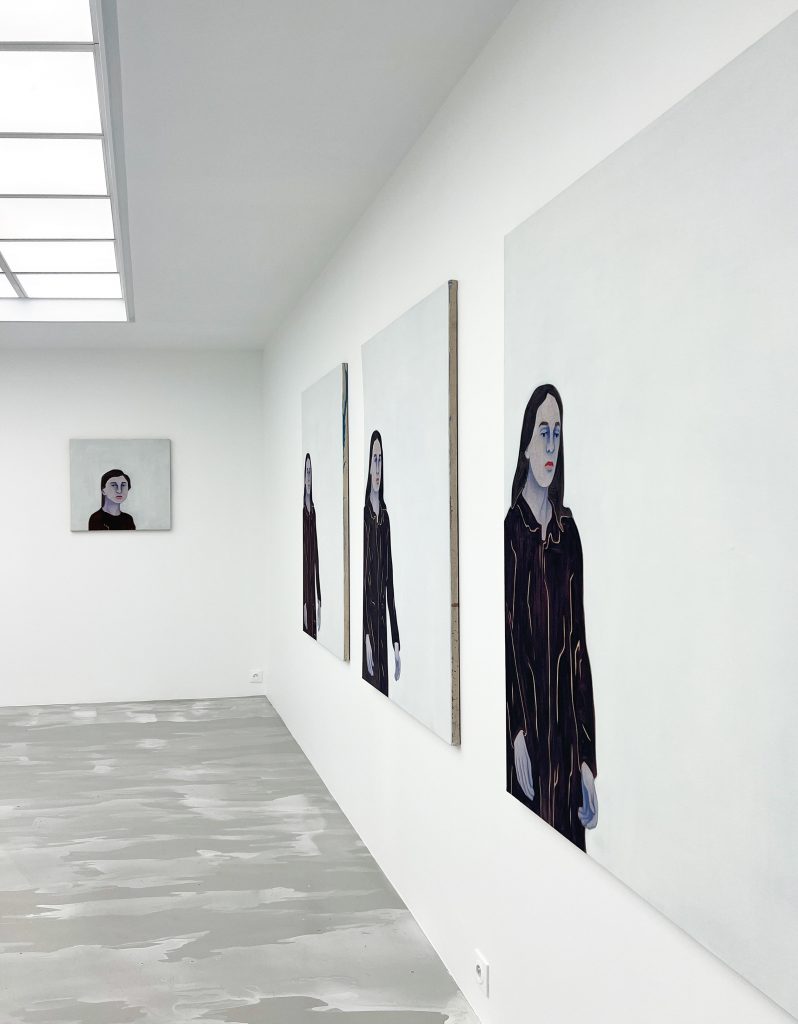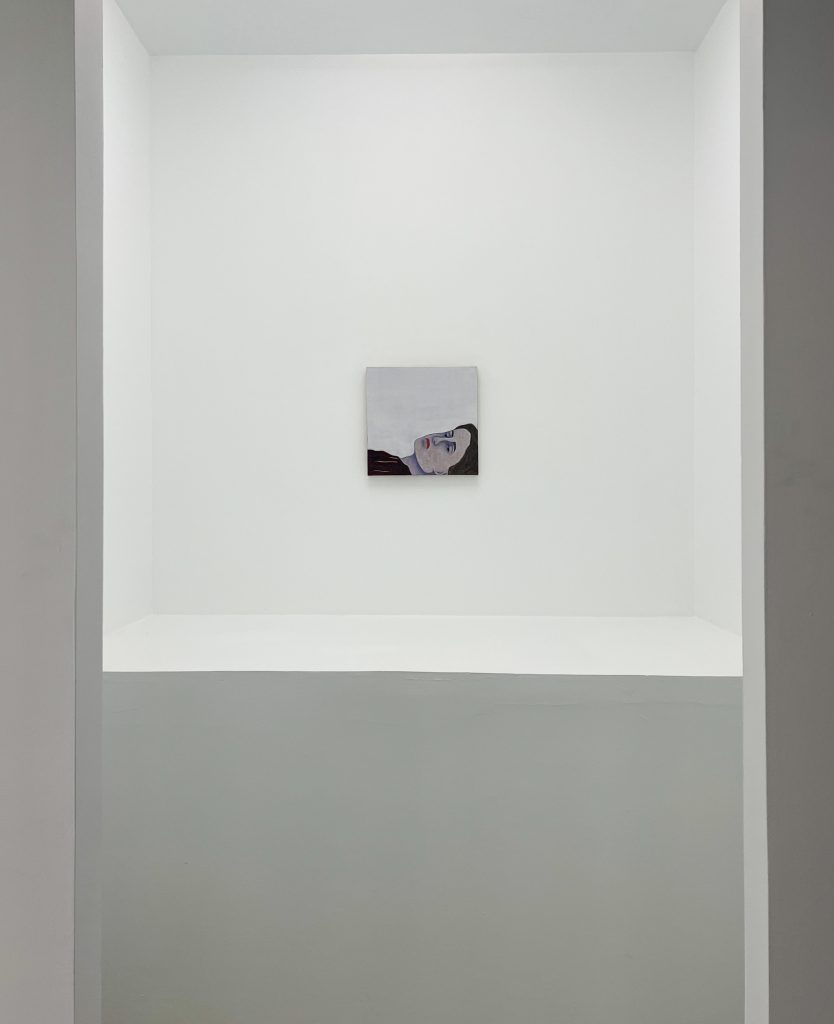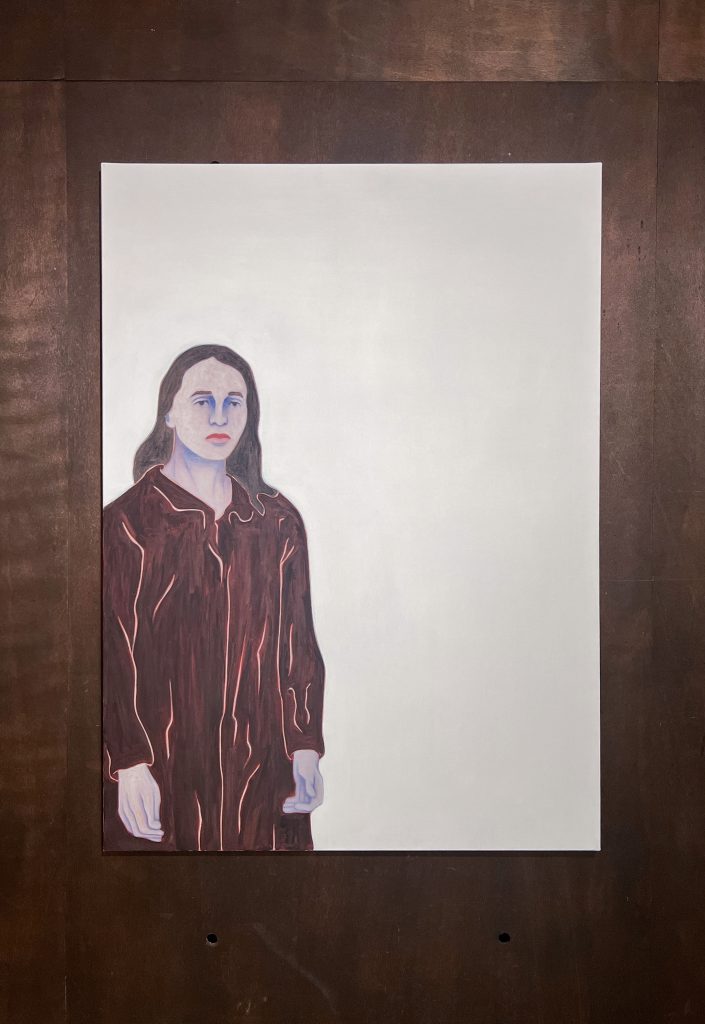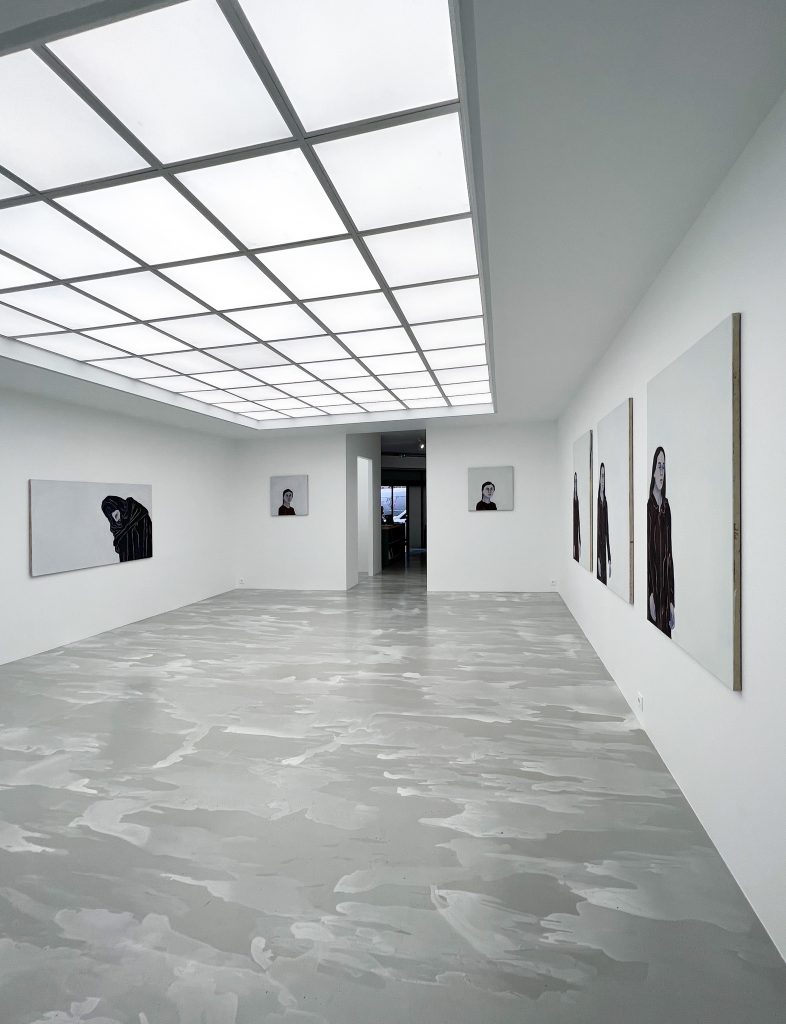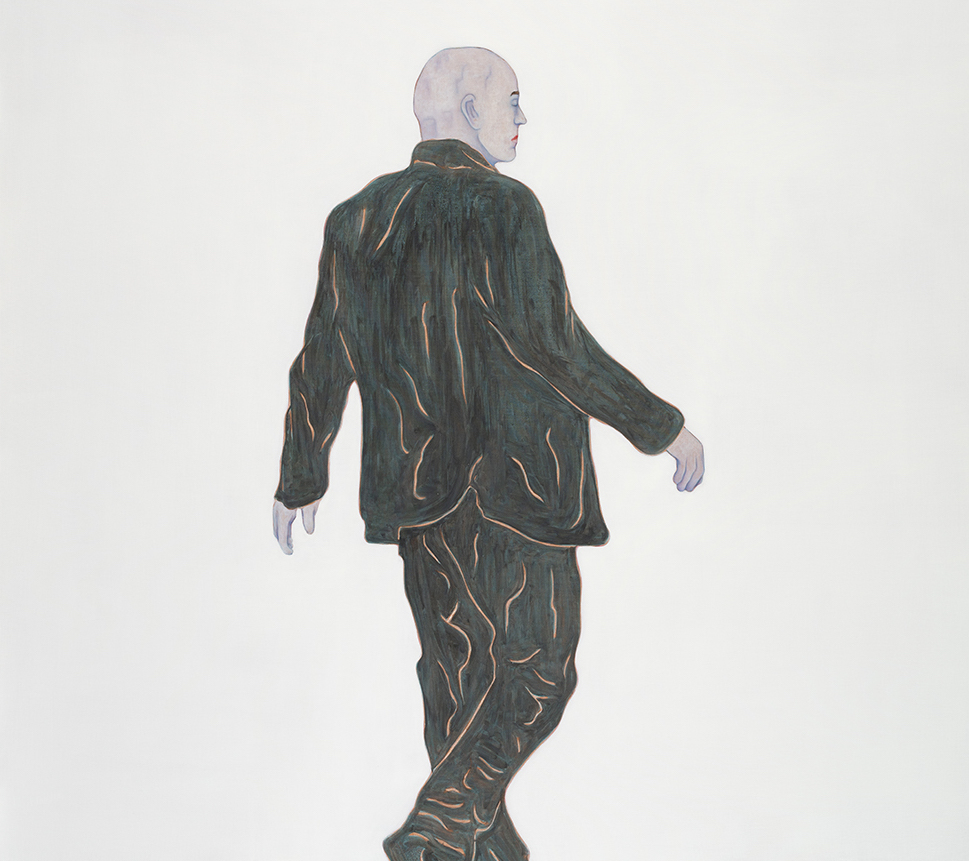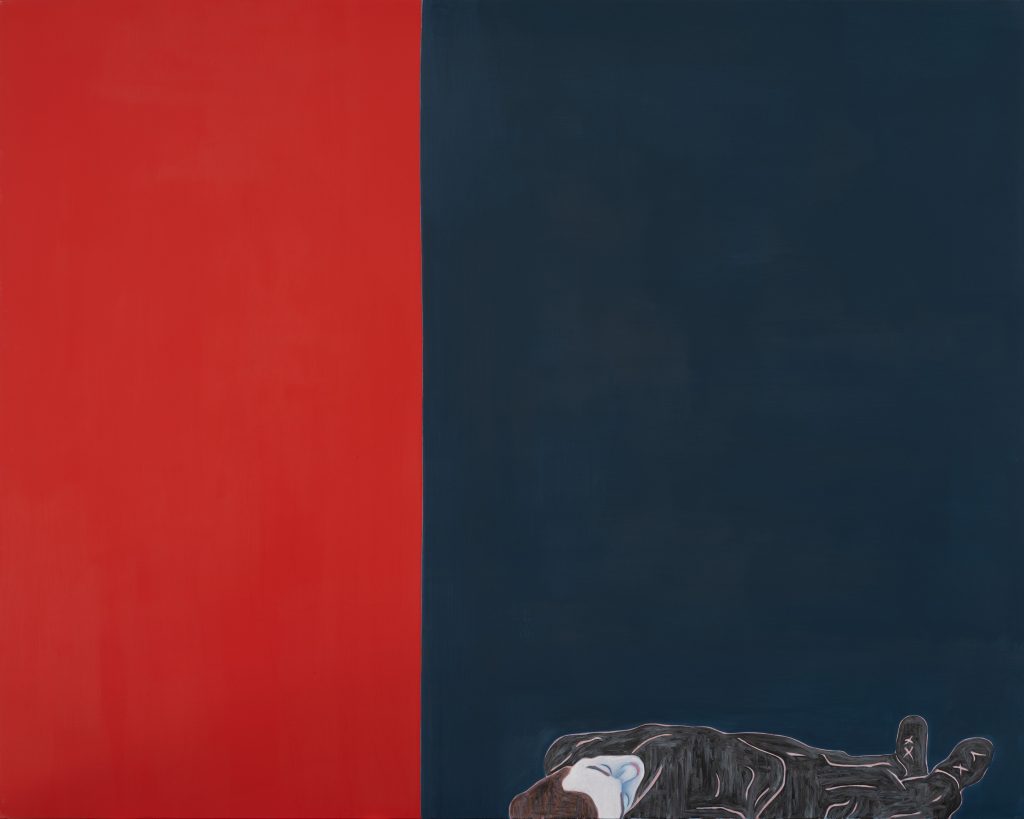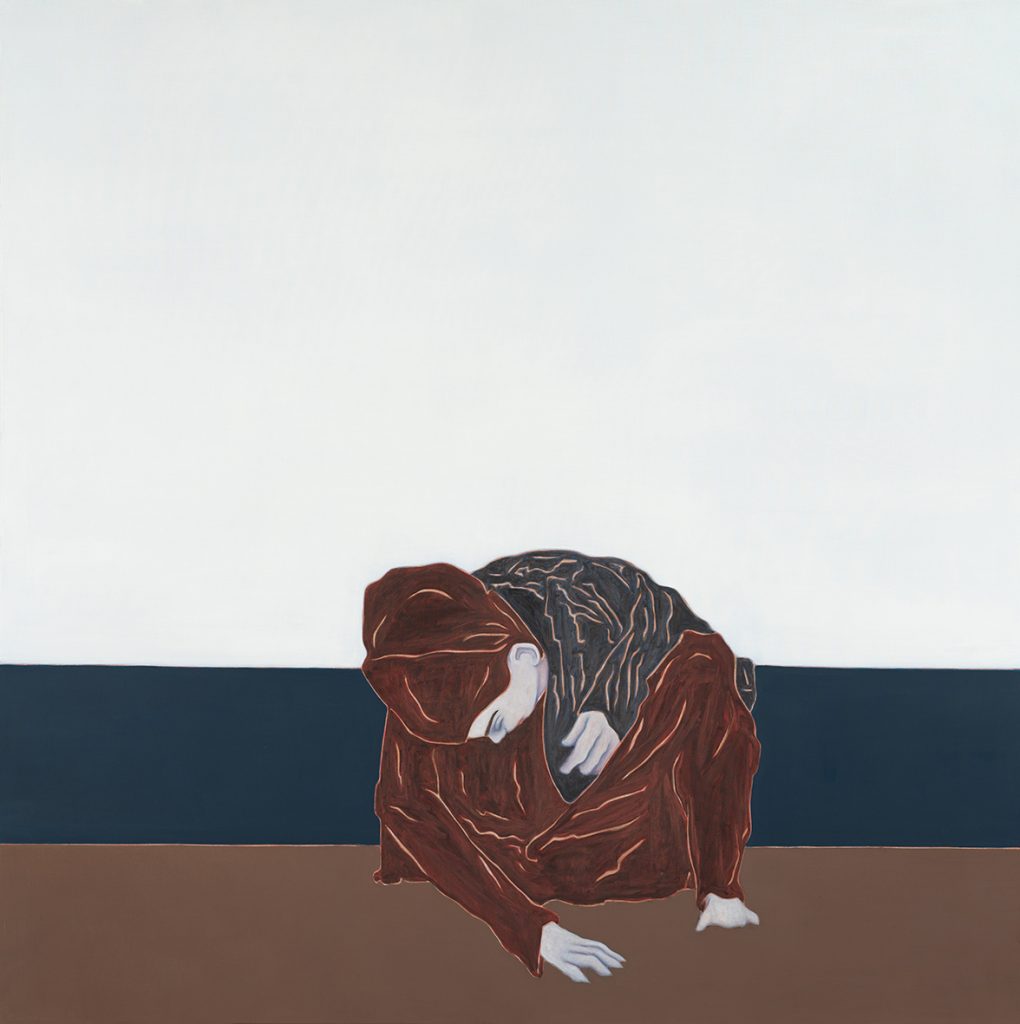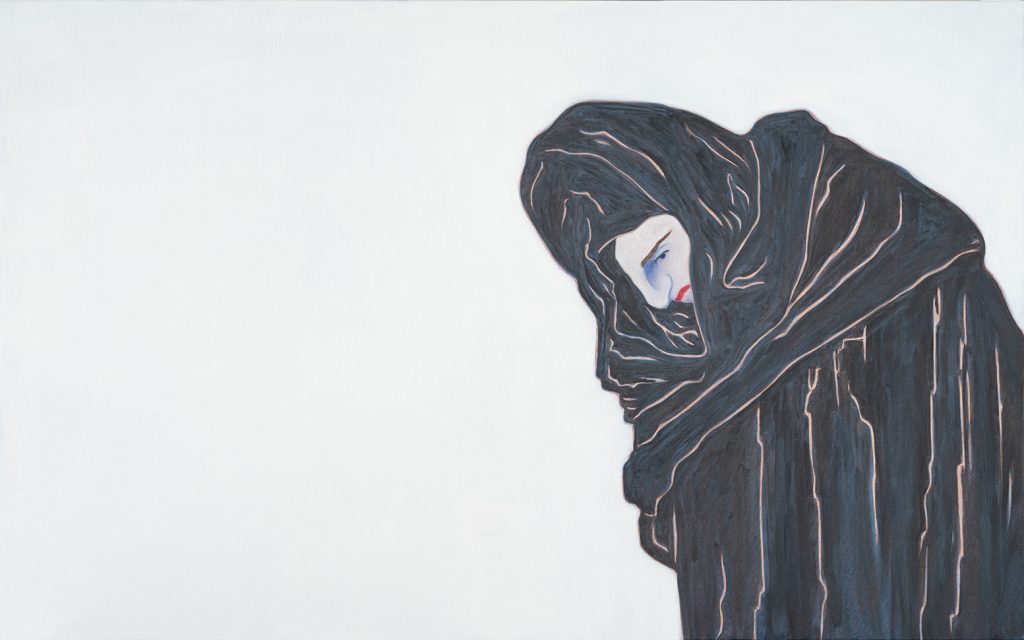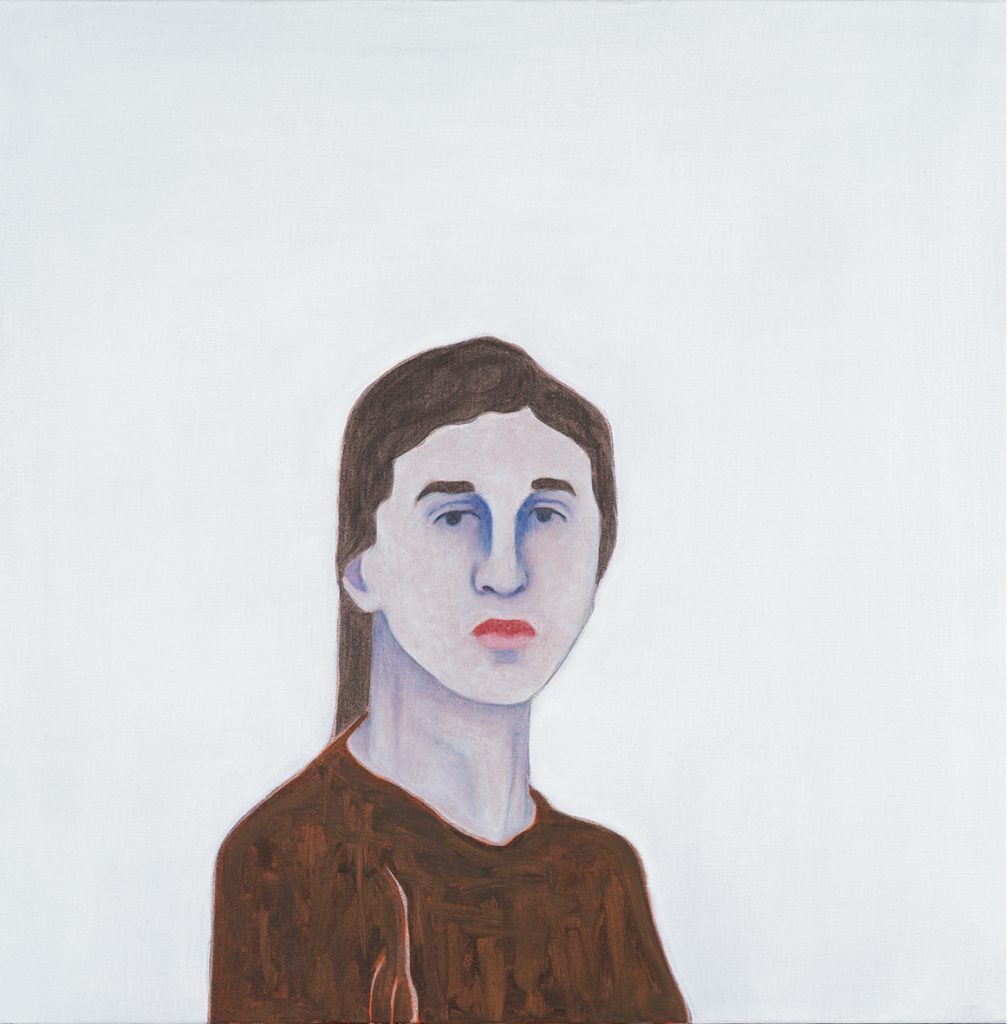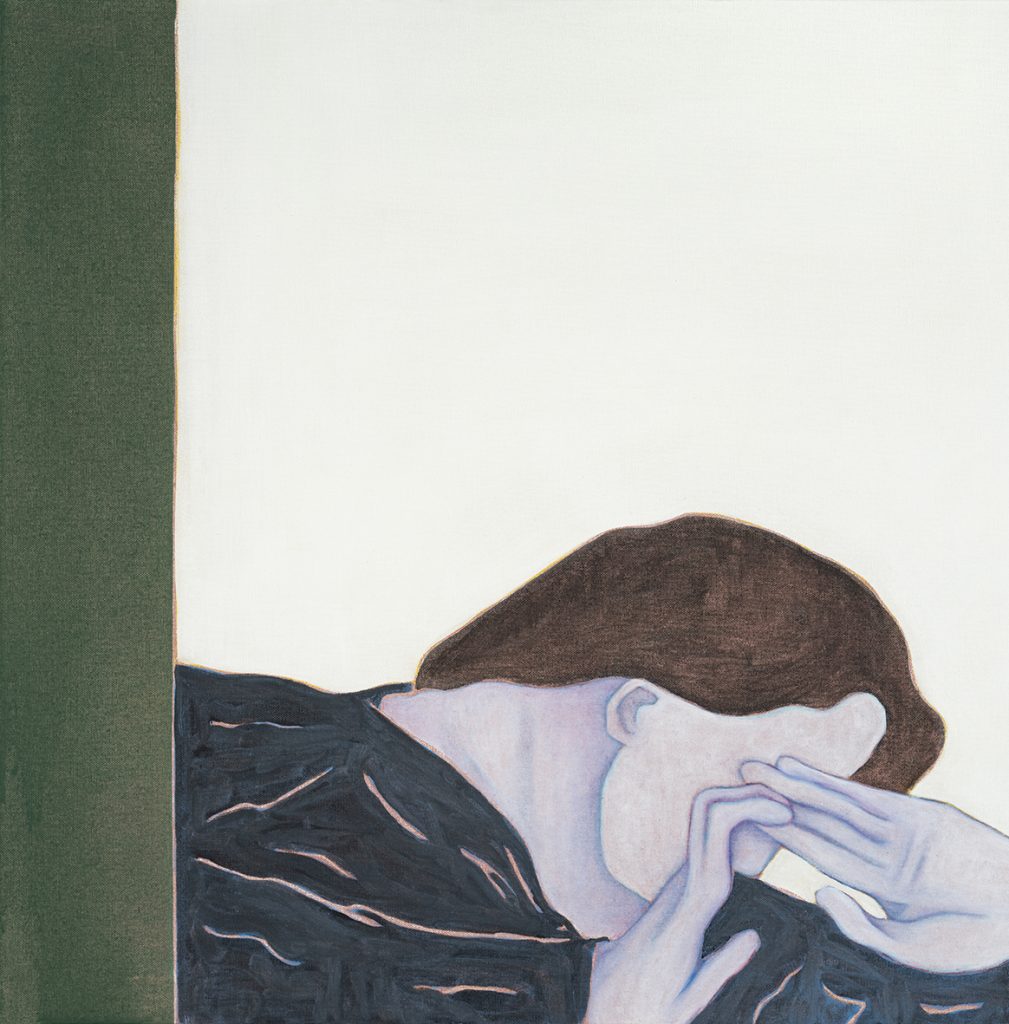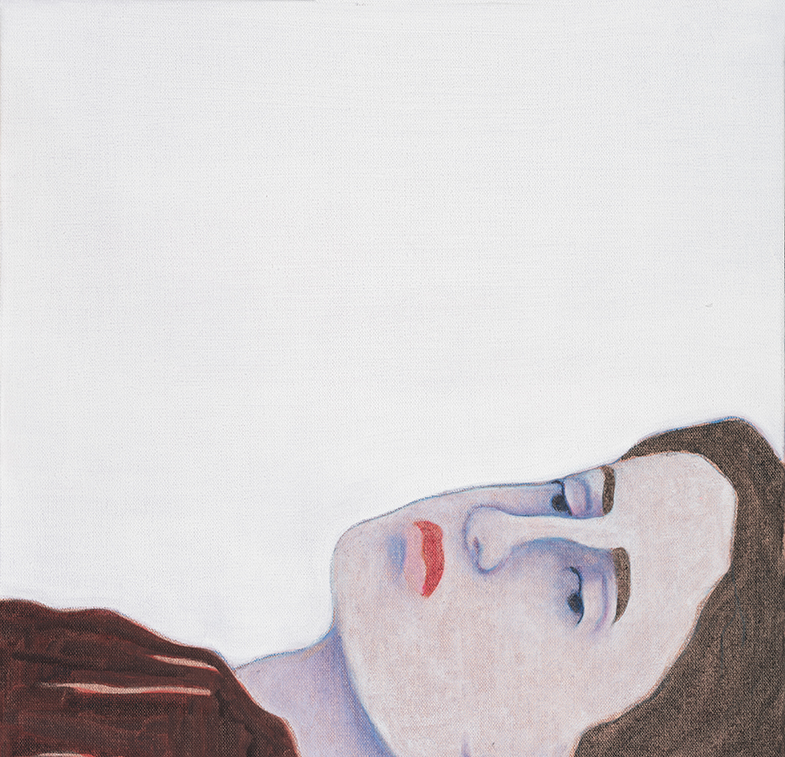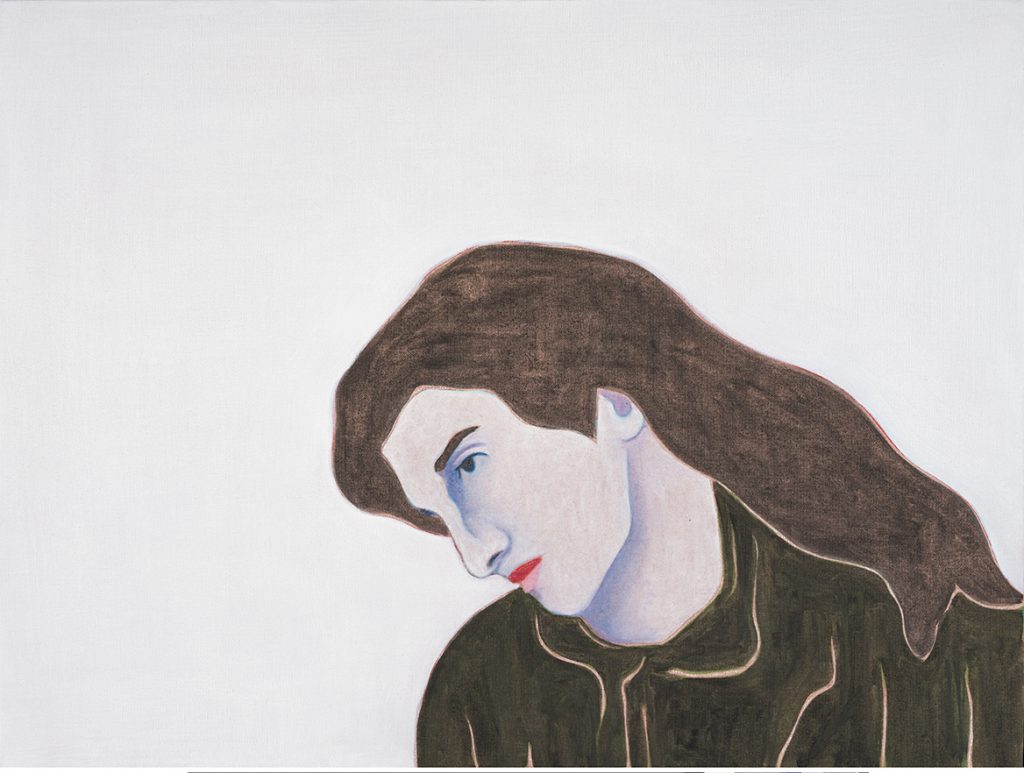Djamel Tatah, New Works
Galerie Poggi is pleased to present Djamel Tatah’s third solo show in its Parisian space, from 13 January to 25 February 2023, which the painter conceived as a counterpoint to Le Théâtre du Silence – the major exhibition currently dedicated to him at the Musée Fabre in Montpellier, from 9 December 2022 to 16 April 2023.
Commissioned by the gallery to write a text about the new series on display, the art critic and curator Mona Mekouar has written of Tatah’s figures that they ‘appear either to emerge from an invisible realm or to plunge into the beyond’, overall raising the question of immanence in his work.
“ My painting is mute. Imposing silence against the noise of the world is, in a way, adopting a political stance. It encourages us to step back and carefully observe our relationship to others and to society. ”
Plus
“ I have conceived this exhibition of paintings as a succession that follows up on what is currently presented at the Musée Fabre. Very colourful works are displayed at the beginning and the end of the show, and white ones in between. This chromatic dynamic naturally generates a movement within the exhibition space.”
Even though their composition is very rigorous, Djamel Tatah’s new paintings transpire a rather vulnerable and precarious world. They are mute. Stupor and silence reign in them. A quiet transformation stands at the core of his work, which can evoke the memento mori. All his compositions give a glimpse of the nothingness against which he struggles. Threatened by oblivion and erasure, his figures appear either to emerge from an invisible realm or to plunge into the beyond. Like spectres, they wander in a deserted world, an absolute whiteness that underlines what memory paradoxically owes to loss.
(…)
“How can we talk about grief ? How can we address the intimate yet also collective tragedy ? How do we move from the I to the We ?”. These questions, both implicit and recurrent in his work, are manifest in this exhibition. Tatah refers to his paintings in terms of “sampling.” He also mentions the technique known as “cut-up” or “slam” in his son’s words. The latter’s repetition of truncated, rewritten, or recompiled passages from a determined corpus of texts is comparable to the artist’s pictorial approach. His practice is largely based on an iconographic reservoir made up of fragments and details, combined and recombined through processes of cutting and reassembling.
By arranging his compositions around recurring figures, which serve as structuring elements as well, Tatah manages to elude chronological constraints. Indeed, the repetition of certain motifs from one painting to the next, or one series to the next, creates a dynamic in which there is no beginning, no middle, no end. There is no narrative or linear story either.
Tatah recomposes a world admittedly imaginary then, but which exists through the confrontation or juxtaposition of real elements. Pouring with references to art history, media, or personal memories, his newfound style frees the figures from function and conceal all contexts. Factual truth and imaginary re-creation are in no way opposed in his work. They complete each other. This entire process reflects the artist’s desire to pictorially translate a broken-down fragmented world, rather than capturing it directly. It is through this prism that he further observes, for example, what is going on with Uyghurs. Thanks to this play of superimpositions, Tatah thus combines his own memories with current events.


